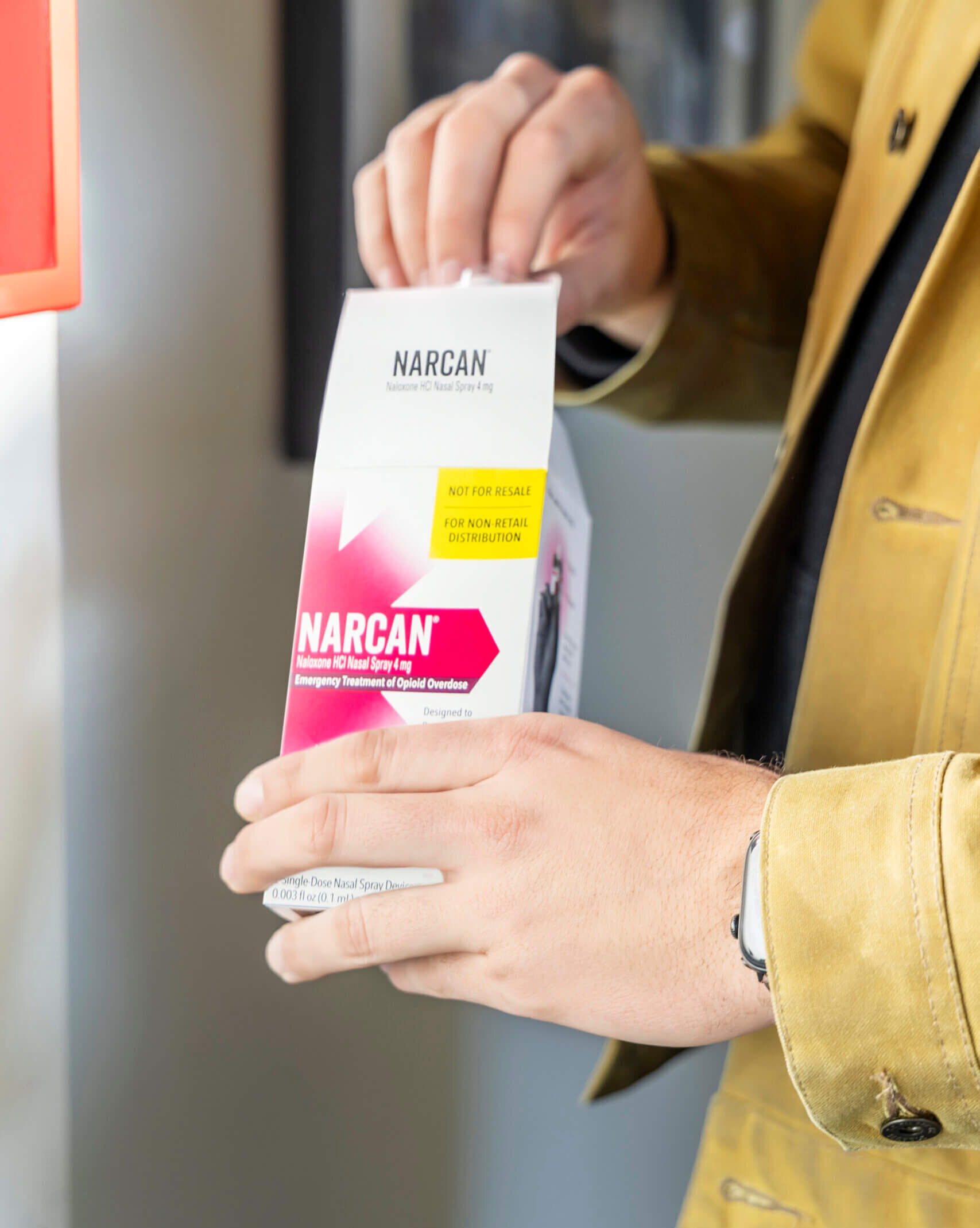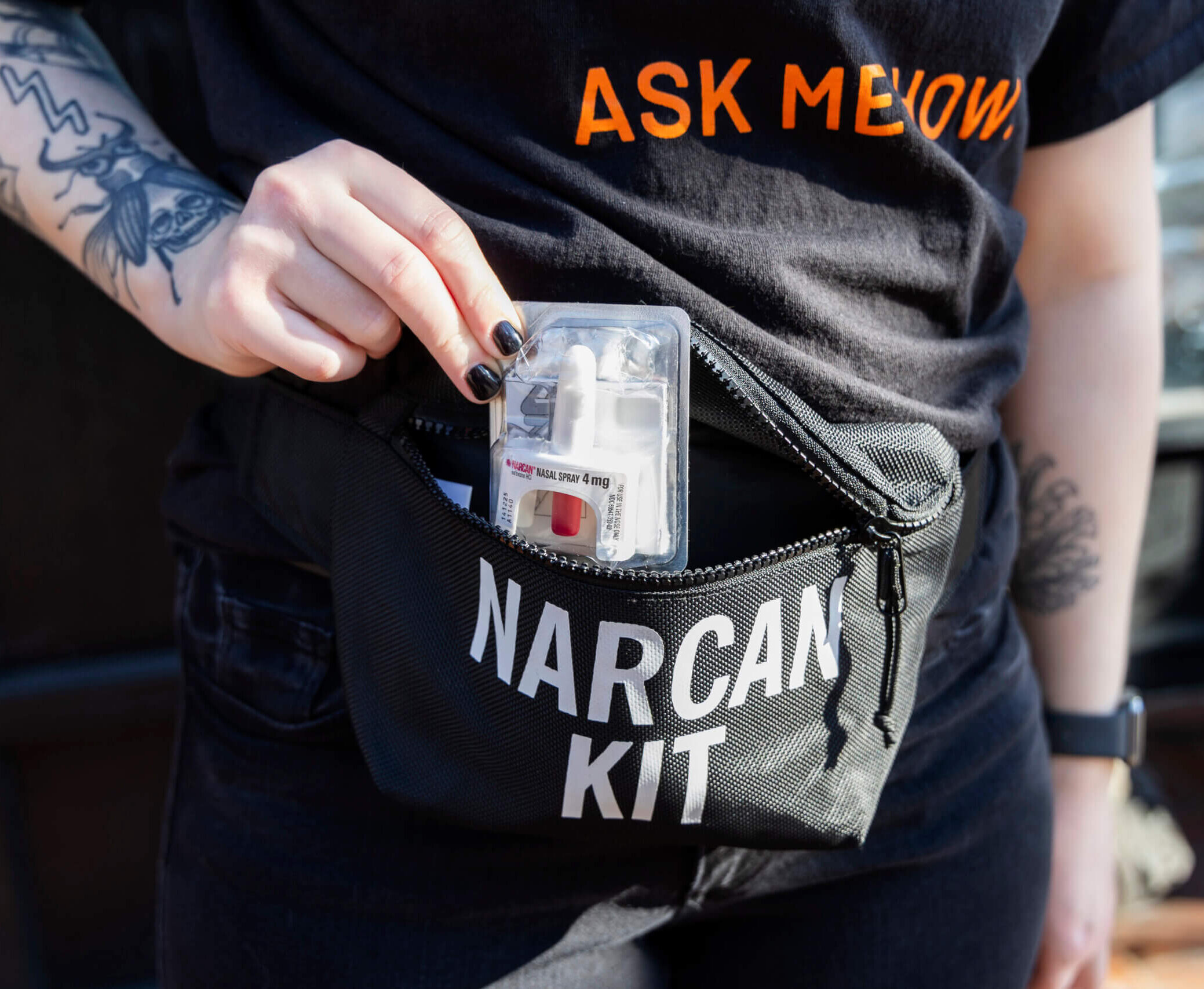back to all blog posts
Honoring Lives, Preventing Loss: International Overdose Awareness Day
Friday, August 29, 2025Every August 31, communities around the world recognize International Overdose Awareness Day—a day to honor the lives lost to overdose, support those in grief, and raise awareness of how we can all play a role in preventing future deaths. Throughout August, Overdose Awareness Month encourages us to shine a light on the realities of overdose, reduce stigma, and share knowledge that saves lives.
At CCC, we join this global movement by honoring lives lost, supporting those in recovery, and sharing tools that anyone can use to prevent overdose.
How to Lower the Risk of Overdose
Overdose is preventable. Whether for yourself or someone you care about, simple steps can make a big difference:
- Carry Naloxone. This safe, effective medication temporarily reverses opioid overdose. It’s available without a prescription, works within minutes, and won’t harm someone if opioids aren’t in their system. Keep it somewhere visible and easy to reach.
- Start low and go slow. Always begin with a small amount and wait to see how it affects you. Assume any illicit substance may contain fentanyl—while test strips aren’t perfect, they remain an important tool to lower risk.
- Avoid mixing substances. Using multiple substances, including alcohol, can greatly increase overdose risk by intensifying effects.
- Don’t be alone. If you are using, let someone know and ask them to check in. You can also call the Never Use Alone hotline at 1-877-696-1996.

Recognizing and Responding to an Opioid Overdose
Knowing the signs of an opioid overdose—and how to respond—can help you act quickly and save a life.
Warning Signs
- Unconsciousness or inability to wake up
- Slow, shallow, or irregular breathing—or no breathing at all
- Choking, gurgling, or snoring sounds from someone who cannot be awakened
- Discolored skin, especially around lips or nails
- Small, “pinpoint” pupils that do not respond to light
What to Do
Step 1 – Check Responsiveness

Check for breathing and try to get the person to respond using verbal and physical stimulation such as shouting, tapping their foot with your foot, or giving them a sternum rub. If they do not respond verbally, tell them you’re concerned they are overdosing and are going to call 911 and give them naloxone.
If they are verbally responsive, they are not currently overdosing.
Step 2 – Call 911

If there is no response, call 911 immediately. Stay calm and say, “There is an unresponsive person who is not breathing,” then give cross streets or your exact location.
Step 3 – Administer Naloxone

Administer one dose of nasal spray naloxone by putting the device tip into the person’s nostril. Press the plunger firmly to give one dose. Each device contains one dose of Naloxone. Make sure a timer is started so you can administer the next dose if needed after 2-3 minutes.
Step 4 – Rescue Breaths and Recovery Position

Use a CPR face shield if available to give rescue breaths. If not, give breaths as safely as possible. Watch for chest rise. Continue for about three minutes or until they breathe on their own. Once the person starts breathing again, let them know that you will be placing them in the rescue position.
- The rescue position is a first aid position that helps keep a person’s airway open and prevents choking if they vomit. To put someone in the rescue position:
- Position the person’s forearm under their cheek to support their head
- Place the person on their side
- Bend the outside knee so the leg supports their body and keeps them from rolling onto their stomach
- Tilt the person’s head back slightly to keep the airway open
Step 5 – Administer Additional Naloxone

If the person remains unresponsive after three minutes, give a second dose of Naloxone using the other nostril, restart the timer and continue to give rescue breaths.
Step 6 – Stay Until Help Arrives

If it is safe to do so, stay with the person until help arrives. They may be confused or agitated, so speak calmly, introduce yourself, and give them space if needed. Let them know you administered Naloxone and encourage them to seek medical care.
- People who are physically dependent on opioids may go through withdrawal symptoms after Naloxone is used. While these symptoms aren’t deadly, they can be very uncomfortable and might make someone want to use opioids again. It is important to encourage them to seek medical help and to avoid using opioids for atPeople who are physically dependent on opioids may go through withdrawal symptoms after Naloxone is used. While these symptoms aren’t deadly, they can be very uncomfortable and might make someone want to use opioids again. It is important to encourage them to seek medical help and to avoid using opioids for at least 90 minutes, as they may be at risk of overdosing again when the Naloxone wears off.
Standing Together
Every life lost to overdose is one too many. At CCC, we are grateful to the staff, advocates, first responders, and community members who work every day to save lives. Their work reminds us that prevention is more than carrying Naloxone; it also means showing up with compassion for those who are struggling. Fear of judgment can keep people from seeking help, but listening without judgment, offering resources, and staying connected can open the door to hope and healing.
In honor of International Overdose Prevention Day, let’s commit to remembering those we’ve lost, supporting those still struggling, and equipping ourselves with the knowledge and tools to prevent overdose.

Additional Resources
Substance Abuse and Mental Health Services Administration (SAMHSA)
U.S. Centers for Disease Control and Prevention (CDC)
- What is Opioid Use Disorder and how to prevent it
- Stigma reduction surrounding substance use disorder
National Institutes of Health (NIH)
If you know someone who is struggling with opioid addiction, CCC is here to help. Learn more about our recovery services.